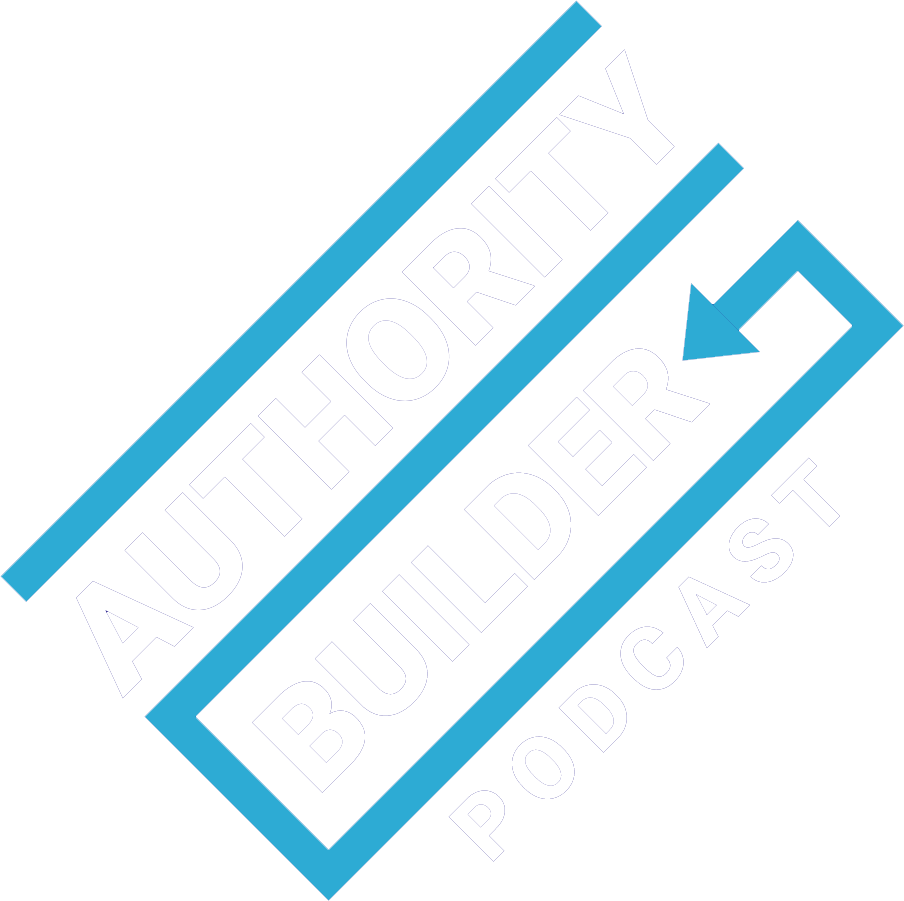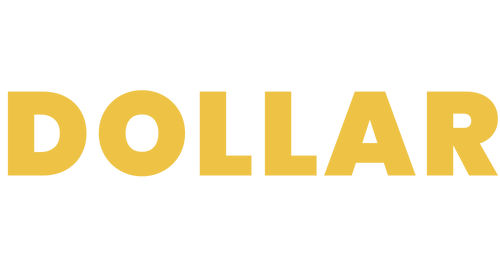When you talk to people, it’s not just the words that matter, says Arthur Joseph. How you say something is just as important – if not more. Arthur teaches this Vocal Awareness through his Institute of the same name.
Communication is part of everyone’s business – and life. So you’ll want to pay attention to what Arthur has to say about how to create belief, trust, engagement, and more just by changing the way you speak.
This works one-on-one in-person, during webinars and podcasts, over the phone, in speeches, and beyond. We talk about how to implement Arthur’s techniques; he even shares vocal warm-ups and exercises you can use right now.
Tune in to find out…
- The only two decisions in life that matter
- How to become a Pragmatic Visionary
- The “Underlining Technique” for putting presence in your voice
- Ways to eliminate white noise from your conversations
- And more…
Episode Timeline:
00:11 Today Steve speaks with Arthur Joseph, founder and chairman of the Vocal Awareness Institute. Arthur brings strength and unity through the power of your own voice.
01:29 Arthur tell us how he teaches empowerment through voice.
06:15 Arthur explains his technique and shows a speech example.
12:08 Arthur tells us about his background and how music gave him direction early in his life.
18:59 Arthur invites us to make a vision statement and a goal statement for 2019. He also gives us an outline of his success structure.
25:58 Arthur tells us to create a vocal awareness journal, and to practice.
26:55 Arthur teach us vocal and breathing exercises in real time.
33:10 Arthur explains how we can never get a second chance at making a first impression. He explains to us conscious awareness.
34:55 Arthur tells us how best to get in contact with him.
35:24 Arthur gives us listeners a 50% discount on his course.


